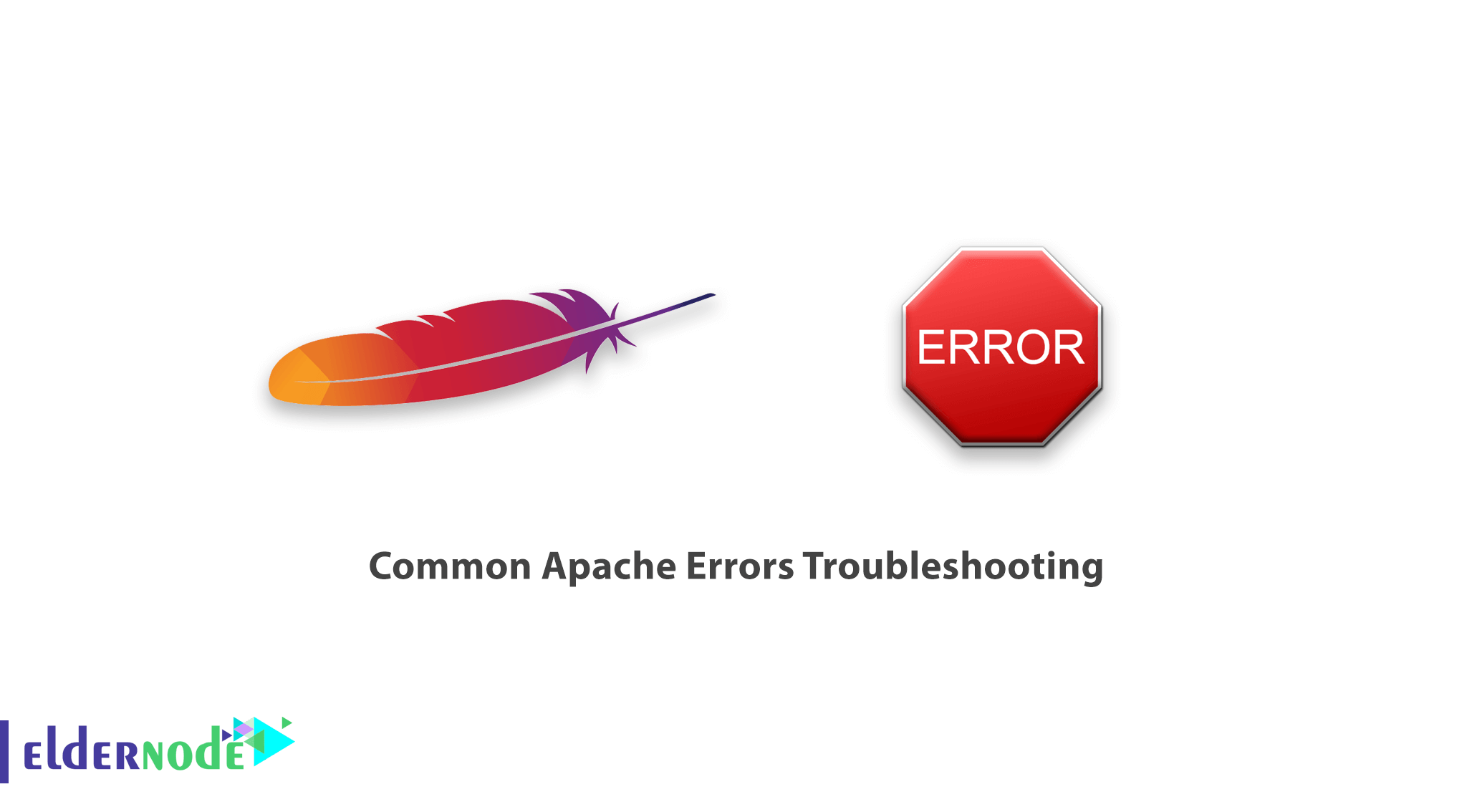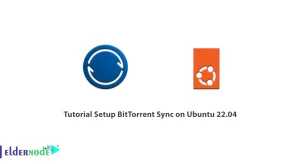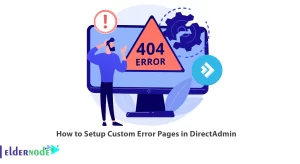
In the following of Apache tutorials, in this article, you will learn Common Apache Errors Troubleshooting. This tutorial series explains how to troubleshoot and fix some of the most common errors that you may encounter when using the Apache webserver.
Each tutorial in this series includes descriptions of common Apache configuration, network, filesystem, or permission errors. The series begins with an overview of the commands and log files that you can use to troubleshoot Apache. Subsequent tutorials examine specific errors in detail. To let this guide work better, try to purchase and use VPS or Linux web hosting.
Table of Contents
Common Apache Errors Troubleshooting
There are three main commands and a set of common log locations that you can use to get started troubleshooting Apache errors. Generally, when you are troubleshooting Apache, you will use these commands in the order indicated here, and then examine log files for specific diagnostic data.
The commands that you will commonly use to troubleshoot Apache across most Linux distributions are:
systemctl – Used to control and interact with Linux services via the systemd service manager.
journalctl – Used to query and view the logs that are generated by systemd.
apachectl – When troubleshooting, this command is used to check Apache’s configuration.
These commands, how to use them, and Apache’s log locations where you can find additional information about errors are described in further detail in the following sections.
Please Note: On Debian and Ubuntu systems, the Apache service and process name is apache2, whereas, on CentOS, Fedora, and other RedHat-derived systems, Apache’s service and process name is httpd. Apart from the differences between the service and running process names, starting, stopping, and checking Apache’s status, as well as logs with journalctl should work the same on any Linux system that uses systemd to manage the Apache service. Be sure to use the correct name for your Linux distribution.
systemctl Commands for Apache
To troubleshoot common Apache errors using the systemd service manager, the first step is to inspect the state of the Apache processes on your system. The following systemctl commands will query systemd for the state of Apache’s processes.
On Ubuntu and Debian systems run:
sudo systemctl status apache2.service -l --no-pagerThe -l flag will ensure that output is not truncated or ellipsized. The –no-pager flag will make sure that output will go directly to your terminal without requiring any interaction on your part to view it. You should receive output like this:
● apache2.service - The Apache HTTP Server Loaded: loaded (/lib/systemd/system/apache2.service; enabled; vendor preset: enabled) Drop-In: /lib/systemd/system/apache2.service.d └─apache2-systemd.conf Active: active (running) since Mon 2020-07-13 14:43:35 UTC; 1 day 4h ago Process: 929 ExecStart=/usr/sbin/apachectl start (code=exited, status=0/SUCCESS) Main PID: 1346 (apache2) Tasks: 55 (limit: 4702) CGroup: /system.slice/apache2.service ├─1346 /usr/sbin/apache2 -k start . . .To inspect the Apache process on CentOS and Fedora systems run:
sudo systemctl status httpd.service -l --no-pager● httpd.service - The Apache HTTP Server Loaded: loaded (/usr/lib/systemd/system/httpd.service; enabled; vendor preset: disabled) Active: active (running) since Tue 2020-07-14 19:46:52 UTC; 3s ago Docs: man:httpd.service(8) Main PID: 21217 (httpd) Status: "Started, listening on: port 80" Tasks: 213 (limit: 2881) Memory: 16.6M CGroup: /system.slice/httpd.service ├─21217 /usr/sbin/httpd -DFOREGROUND . . . Jul 14 19:46:52 localhost.localdomain httpd[21217]: Server configured, listening on: port 80
In either case, make a note of the Active line in the output. If your Apache server does not show active (running) as highlighted in the previous examples but you expect it should, there may be an error. Typically if there is a problem, you will have a line like the following in your output (note the highlighted failed portion):
Active: failed (Result: exit-code) since Tue 2020-07-14 20:01:29 UTC; 1s agoIf there is a problem with your Apache process or configuration you can troubleshoot it further using the journalctl command.
journalctl Commands for Apache
To inspect the systemd logs for Apache, you can use the journalctl command. The systemd logs for Apache will usually indicate whether there is a problem with starting or managing the Apache process.
These logs are separate from Apache’s request and error logs. journalctl displays logs from systemd that describe the Apache service itself, from startup to shutdown, along with any process errors that may be encountered along the way.
On Ubuntu and Debian systems use the following command to examine the logs:
sudo journalctl -u apache2.service --since today --no-pagerThe –since today flag will limit the output of the command to log entries beginning at 00:00:00 of the current day only. Using this option will help restrict the volume of log entries that you need to examine when checking for errors. You should receive output like the following:
Jul 14 20:12:14 ubuntu2004 systemd[1]: Starting The Apache HTTP Server... Jul 14 20:12:14 ubuntu2004 systemd[1]: Started The Apache HTTP Server.If you are using a CentOS or Fedora-based system, use this version of the command:
sudo journalctl -u httpd.service --since today --no-pagerJul 14 20:13:09 centos8 systemd[1]: Starting The Apache HTTP Server... . . . Jul 14 20:13:10 centos8 httpd[21591]: Server configured, listening on: port 80If there is an error, you will have a line in the output that is similar to the following, with the main difference between Linux distributions being the highlighted yourhostname portion:
Jul 14 20:13:37 yourhostname systemd[1]: Failed to start The Apache HTTP Server.If your Apache server has errors in the journalctl logs like the previous example, then the next step to troubleshoot possible issues is investigating Apache’s configuration using the apachectl command-line tool.
Troubleshooting with apachectl
Most Linux distributions include the apachectl utility with Apache. apachectl is an invaluable tool to help detect and diagnose Apache configuration problems.
To troubleshoot issues using apachectl, test your Apache configuration using the apachectl configtest command. The tool will parse your Apache files and detect any errors or missing settings before attempting to start the server.
Run the command like this on Ubuntu, Debian, CentOS, and Fedora-based distributions:
sudo apachectl configtestA working Apache configuration will result in an output like the following:
Syntax OKDepending on your Linux distribution, there may be other lines mixed in with the output, but the important line is the one that says Syntax OK.
If there is an error in your Apache configuration, like a directive that references a module that is not enabled or even a single typo, apachectl will detect it and attempt to notify you about the problem.
For example, attempting to use directives for an Apache module that is not enabled will result in apachectl configtest messages like the following.
AH00526: Syntax error on line 232 of /etc/apache2/apache2.conf: Invalid command 'SSLEngine', perhaps misspelled or defined by a module not included in the server configuration Action 'configtest' failed. The Apache error log may have more information.In this example the ssl module is not enabled, so the SSLEngine directive generates an error when the configuration is tested. The last line also indicates that The Apache error log may have more information, which is the next place to look for more detailed debugging information.
Apache Log Files
Apache log files are a very helpful resource for troubleshooting. Generally, any error that you receive in a browser or other HTTP client will have a corresponding entry in Apache’s logs. Sometimes Apache will also output errors related to configuration, built-in modules, and other debugging information to its log files.
To examine log files for errors while troubleshooting Apache on a Fedora, CentOS, or RedHat server, examine the /var/log/httpd/error_log file.
If you are troubleshooting a Debian or Ubuntu derived system, examine /var/log/apache2/error.log for errors using a tool like tail or less. For example, to view the last two lines of the error log using tail, run the following command:
sudo tail -n 2 /var/log/apache2/error.logSubstitute the number of lines that you would like to examine in place of the number 2 in the command. On a CentOS or Fedora system, the log file to examine is /var/log/httpd/error_log.
An example error will resemble something like the following lines. Regardless of which Linux distribution you are using to run your Apache server:
[Wed Jul 15 01:34:12.093005 2020] [proxy:error] [pid 13949:tid 140150453516032] (13)Permission denied: AH00957: HTTP: attempt to connect to 127.0.0.1:9090 (127.0.0.1) failed [Wed Jul 15 01:34:12.093078 2020] [proxy_http:error] [pid 13949:tid 140150453516032] [client 127.0.0.1:42480] AH01114: HTTP: failed to make connection to backend: 127.0.0.1The two lines in this output are distinct error messages. They both reference the module causing the error (proxy in the first line, proxy_http in the second) and include an error code that is specific to the module. The first one, AH00957, indicates that the Apache server attempted to connect to a backend server (127.0.0.1 on port 9090 in this case) using the proxy module but failed to do so.
The second error is derived from the first: AH01114 is a proxy_http module error that also indicates that Apache was unable to connect to the configured backend server to make an HTTP request.
These example lines are just for illustration purposes. If you are diagnosing errors with your Apache server, chances are the error lines in your logs will have different contents than these. Regardless of your Linux distribution, the format of any error lines in your logs will include the relevant Apache module and error code, as well as a text description of the error.
Once you have an idea of what might be causing problems with your Apache server you can continue researching and troubleshooting the issue. The error code and text description are especially useful since they give you explicit and specific terms that you can use to narrow down the range of possible causes of a problem.
conclusion
Troubleshooting Apache errors can range from diagnosing errors with the service itself, to locating misconfigured options for modules, or to examining customized access control rules in detail. This introduction to diagnosing issues with Apache explained how to use a number of utilities to help narrow down the possible causes of errors. Usually, you will use these utilities in the same order, although you can always skip some, or start directly with examining logs if you have a general idea of what the problem might be. In case you are interested in learning more about Apache find our related articles on How to Secure Apache with Let’s Encrypt on Debian 10 OR How to secure Apache with Let’s Encrypt on Ubuntu 20.04.





Should I use the latest version of Apache?
Yes, you should use the latest version of Apache HTTP server to troubleshoot Apache.
what is Apache error?
The most important log file is the server error log. Its name and location are set by the error log directive.
thanks, is it possible to enable apache logging?
Yes you can enable Apache HTTP access logs by following the below path:
After opening HTTP configuration at /Applications/MAMP/conf/apache/httpd.conf , change the line and Restart Apache using the MAMP widgit, or by executing this command on the command line and finally view your new logfiles.
good guide. I want to delete Apache access log.
You can delete it if you are not going to use them. If in use, deleting the log will make apache reload to re-open the just deleted file. What you can try is indeed logrotate, or try to empty the file.
How many sources exist for Apache errors?
Apache logs have errors from two sources: the error log and error status codes in the access log.